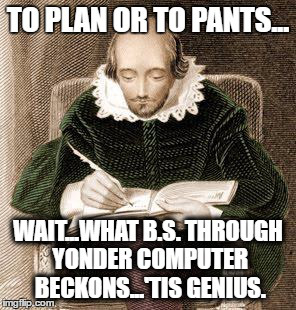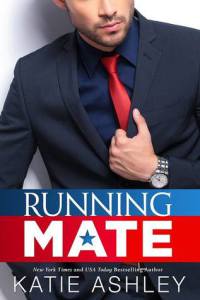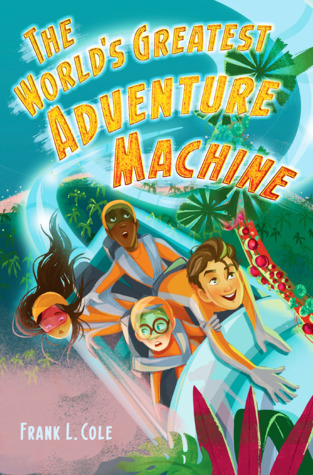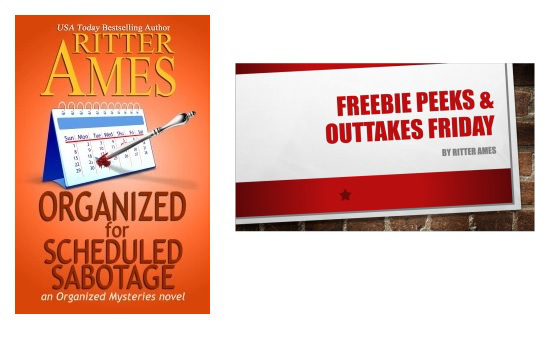Plotter or Pantser? This is a question that comes up among writers from time to time. Especially writers undertaking the novel. The mother of all projects. The beast of beasts.
But is that all there is? Isn’t there some happy medium?
First of all, some clarification for the uninitiated aspiring writers who may be reading, here’s a brief definition of the terms over Will Shakespeare’s head in Figure 1:
 Figure 1
A Plotter is a writer who meticulously plans out every aspect of her novel.
Figure 1
A Plotter is a writer who meticulously plans out every aspect of her novel.
She creates character dossiers and sketches.
She may do a linear timeline even if her novel is not sequentially plotted.
Settings are researched and mapped out.
Every action from the inciting incident to the resolution has been planned out.
There are no surprises.
The Pantser, on the other hand, is one chill dude.This writer has a rough idea of what he wants to do. Maybe a conflict or an engaging character who is beckoning for him to go along for the ride as he writes down the story at its most organic level.
Maybe he’s done a bit of research, but the novel will unfold as the universe intends it to, and all the writer is doing is acting as a conduit for it to flow from his fingers…and that’s how the magic happens.
I was always more plotter than pantser, and I suppose that has more to do with my Type-A personality than anything. I like to be prepared for my endeavors. But sometimes that leaks the fun right out of it.
Pantsing seems so much more groovy. Appeals to the (Grateful) Deadhead in me. Like dancing freestyle in a flowing skirt and just digging the scene. 
So because I always like to push myself to try new things, I signed up for Nanowritemo last November.
Nanowritemo is the National Novel Writing Month in which writers all over the world challenge themselves to pen a 50,000 word novel in 30 days.
I wanted to face the challenge in the purest way I could, so I did not plot. Not one bit.
Instead, I tried on the scary pants of the pantser. And for thirty days I went balls to the wall letting the novel unfold organically.
This was so different from my normal modus operandi that it was damn uncomfortable.
Normally, I write what I can write in one session. Then, the next time I sit down at the computer, I re-read what was written the day before, and edit as I go.
By the time I’m done rewriting/editing, I’m on to the next scene, and so on and so forth. And of course, I do this with my meticulous outline, character sketches, dossiers, research, and diagrams all handy in a three-ring notebook.
But I didn’t do any of these things this time around. I just started writing. Even when I was burned out and tired, I had a time deadline and I kept going. 
How did it turn out?
I made the 50,000+ word requirement with two days to spare. And I haven’t looked at it since.
The thing is, it needs a lot of work because I couldn’t go at it the way I normally would. And that’s okay. I’m planning on doing a major rewrite/revision this fall.
I won’t be participating in Nanowritemo again this year. It was a great experiment for me, but a writer’s got to know what works for her and what doesn’t. And I would rather write and rewrite as I go and finish with a pretty tight draft, than fly through something that is going to need a major overhaul and reconfiguration.
But hey, that’s just me.
In the mean time, I came across a bit of B.S. And it is pure genius.Author and blogger,  Jami Gold, is aptly named. You see, Jami has pure treasure at her site. One of the best things I’ve discovered there is something called the Beat Sheet.
Jami Gold, is aptly named. You see, Jami has pure treasure at her site. One of the best things I’ve discovered there is something called the Beat Sheet.
Jami offers a variety of them for the taking under the Worksheets for Writers area of her page. These are true pearls for the taking.
Jami created the beat sheets herself, and while a few are based on the work and teachings of: Larry Brooks, Blake Snyder, and Elizabeth Davis, the credit for these beat sheets goes to Jami. There is also one for those of you who use Scrivener–a plotting program I just purchased and will be exploring soon.
http://jamigold.com/for-writers/worksheets-for-writers/
Each worksheet operates as a spreadsheet that you can download. Then, plug in the number of words you are shooting for, and it calculates the structure of your novel in bare outline form.
As a writer yourself, you can use this to flesh out your story as much or as little as you like.
I am hopeless at Excel at this point in my life, but I am able to co py and paste the beat sheets into Microsoft Word tables, which I find easier to edit.
py and paste the beat sheets into Microsoft Word tables, which I find easier to edit.
I want to thank paranormal author Jami Gold for sharing her genius. She’s made my novel writing life so much easier.
Jami’s blog is awesome, too. Check her out: http://jamigold.com/
And so, I close with the eternal question: To Plan or To Pants?
I’ll take a B.S., thank you very much. Beat sheets are genius!
Happy writing! XOXO, Susan J. Anderson Foxy Writer Chick
Foxy Writer Chick
Sharing is Caring...Please pass this post along if you enjoyed it.





